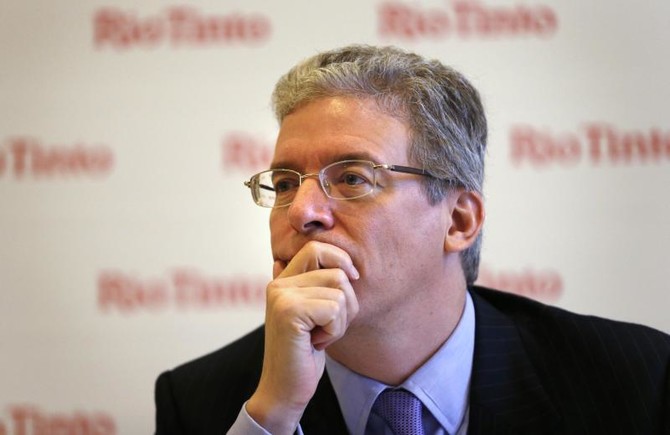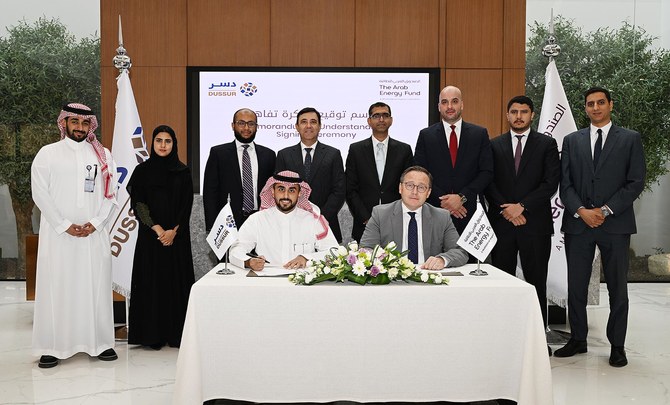MELBOURNE/SYDNEY: Rio Tinto aims to ax $ 7 billion in costs over the next two years and sell more assets to cushion against weaker commodity prices, while at the same time beefing up output in its lucrative iron ore business.
The firm is the only global iron ore producer that has not slowed iron ore expansion plans, forging ahead with $ 21 billion in mine, port and rail work to boost its Australian capacity.
But like its peers, Rio Tinto has been cutting costs, reviewing other projects and closing coal mines in Australia due to depressed commodity prices, soaring costs and the persistently strong Australian dollar.
“For me the theme for this year, next year and probably the extended period beyond that in this volatile environment will be everything having to do about cost control,” Rio Chief Executive Tom Albanese told reporters ahead of an investor seminar.
With the efficiency drive, the firm has managed to find ways to lift its iron ore capacity just by tweaking mine, rail and port operations, and said it expected to find further gains without big licks of capital.
“With our available spot tonnage growing significantly with our expansions, outselling others will bring substantial business value,” Rio Tinto’s iron ore chief, Sam Walsh, said.
For some, Rio Tinto’s dependence on its iron ore business, making up 83 percent of the group’s underlying earnings last year, is seen as a weakness, next to the more diversified base of top global miner BHP Billiton.
But Albanese and his lieutenants waved off concerns, highlighting the superior margins Rio reaps from iron ore, despite uncertainty over the near term outlook for demand from the biggest consumer, China.
“I do believe we have an iron ore business without peer,” Albanese said. “I will never apologize for the quality of our iron ore business.”
Rio’s cost per ton of iron ore would fall to just over $ 35.50 from $ 47 delivered to China, including royalties, shipping and sustaining capital costs, once its infrastructure expansions are completed, said iron ore chief Walsh.
On today’s selling prices around $ 118 a ton, that would give it a massive profit of $ 82.50 a ton.
Despite the challenges of higher labor and service costs and the strong Aussie dollar, Rio said it has boosted the efficiency at its iron ore operations, so it now expects to reach a production capacity of 290 million tons a year by the end of 2013, up from a target of 283 million tons.
The company said it is aiming to cut more than $ 5 billion of operating and support costs by the end of 2014, and would cut spending on exploration and evaluation projects by $1 billion over the rest of 2012 and 2013.
Much of the cost cuts would come in its coal and aluminum assets, Albanese said, adding that support costs in Australia had become the most expensive in the world, compared with five years ago when they were among the cheapest.
It also plans to cut spending on sustaining operations by more than $ 1 billion in 2013.
In August, the world’s no.2 iron ore miner had said it expected capital spending on all its projects to peak in 2012 at $ 16 billion, with its share of that at $ 13.6 billion, as it looked to focus on fewer big projects.
“I’ve been very concerned over the past few years that we’ve seen progressive escalation in our capital cost intensity,” Albanese said.
“So we’re just getting to a point now where we can’t run as many major capital projects around the world as we might have been a couple of years ago with the same balance sheet.”
While all iron ore producers are suffering from this year’s drop in prices, which are now more than 20 percent below the 2012 high, the revenue blow will be cushioned for Rio Tinto as it is producing more tons.
“There’s no doubt any marginal tons they can produce from the Pilbara without a capex increase is a good thing,” said Tim Barker, a portfolio manager at BT Investment Management, which owns shares in Rio Tinto.
Rio was on track to reach 290 million tons a year by the fourth quarter of 2013 and expand capacity to 360 million tons by 2015, the company said, adding the project in Western Australia’s Pilbara region remained on time and on budget.
Rio remained cautiously optimistic about a pick-up in growth in China, following recent stronger-than-expected economic data.
“More than a couple of months ago, I’m cautiously optimistic about the fact that we’re beginning to see green shoots in China,” Albanese said.
As it shrinks to focus on its largest, highest-returning businesses, Rio Tinto has been looking to cast off its Pacific Aluminum unit and its diamonds business.
The company has generated $ 12 billion from selling more than 20 assets since 2008 and expected to add to that next year.
“In addition to the sales we’ve already announced, we expect substantial cash proceeds in 2013,” CFO Guy Elliott said.
Rio put the diamonds business on the block earlier this year soon after BHP Billiton, which managed to sell its Ekati diamond operation to Harry Winston earlier this month for $ 500 million. Harry Winston is a co-owner of Rio’s Diavik diamond mine in Canada.
Rio was, however, likely to have to take another charge on its aluminum business at the end of 2012, Elliott warned.
Rio took an $ 8.9 billion charge on the aluminum business in February, as its Alcan unit, which it bought for $ 38 billion at the top of the market in 2007, has been hammered by rising input costs and weak markets over the past five years.
BHP, which has sold some 30 operations in the past 10 years and three in the past six months, may also sell more businesses, CEO Marius Kloppers told BHP’s annual meeting in Australia.
“You should see us continue to comb out some of the smaller, lower profitability assets out of the portfolio,” said Kloppers.


















